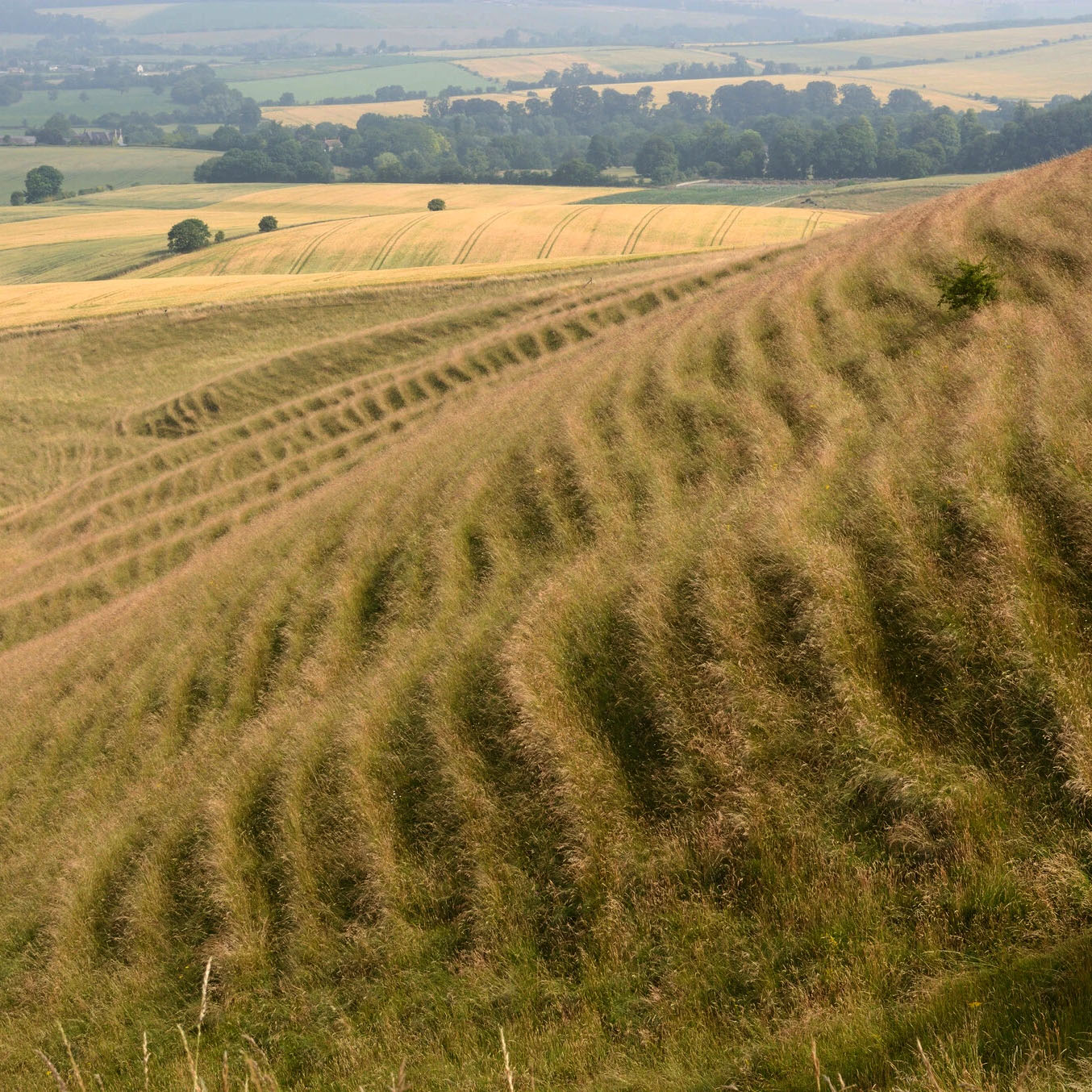 posted: 07/20/2021
posted: 07/20/2021
Pour a pile of sand onto a table. It will avalanche until the slope relaxes to the angle of repose, where friction prevents gravity from pulling grains downward. All experience tells us that the pile should then just sit there. By probing a seemingly static sandpile with a highly sensitive optical interference technique, however, our experiments have revealed a seething and ceaseless creeping motion. The dynamics of the sandpile are remarkably similar to a cooling glass, suggesting that mechanical disturbances in granular systems play a role akin to thermal fluctuations in glasses. This similarity can be harnessed to change the softness (or strength) of the sand pile by applying different disturbances. This work explains how ubiquitous granular materials such as soil move below their angle of repose, and how distinct perturbations may excite the catastrophic loss of strength that is associated with failure such as landslides. Our findings contribute to emerging evidence of deep connections in the mechanical behavior of disordered materials across scales, as part of IRG1.
press release